
Hardwired vs. Plug-in Under Cabinet Lighting: Which Option is Best for Your Kitchen?
Share
Table of Contents
- Introduction: Understanding Your Lighting Needs
- Hardwired Under Cabinet Lighting: Pros and Cons
- Plug-in Under Cabinet Lighting: Pros and Cons
- Key Differences: Hardwired vs. Plug-in
- Choosing the Right Option for Your Kitchen
Introduction: Understanding Your Lighting Needs
When it comes to kitchen lighting, under cabinet lights are an essential choice to consider. They not only enhance the functionality of your workspace but also improve the aesthetics of your kitchen. Two of the most common types of under-cabinet lighting systems are hardwired and plug-in options. While both serve the same purpose, they come with distinct advantages and disadvantages.
This article will compare the two options in-depth, helping you make an informed decision about which is best for your kitchen's style, functionality, and budget.
Hardwired Under Cabinet Lighting: Pros and Cons
DC12V SMD5730 36LEDs LED Light Bar 50CM V-shaped LED Rigid Strip Aluminum Channel
Pros of Hardwired Under Cabinet Lighting
Hardwired lighting systems are permanently installed into the electrical wiring of your kitchen. This installation method is often considered the more professional and long-term solution for under-cabinet lighting. Here’s why you might want to consider it:
-
Sleek and Clean Aesthetic
Hardwired systems are fully integrated into the design of your kitchen. There are no visible cords or plugs, resulting in a clean, modern look that blends seamlessly with your cabinetry. -
More Permanent Solution
Because these lights are hardwired into your electrical system, they provide a permanent solution that doesn’t need frequent changes or unplugging. This is ideal if you're looking for a long-lasting option. -
Better Energy Efficiency
Typically, hardwired lights are more energy-efficient. They often run on low-voltage LED lights, which can help reduce your overall electricity costs in the long run. Many hardwired systems are also designed to accommodate dimmers and timers, offering greater control over energy use. -
Increased Home Value
As a permanent and professionally installed lighting option, hardwired lights can increase the value of your home, especially if you plan to sell it in the future. Potential buyers often appreciate the clean look and permanent installation.
Cons of Hardwired Under Cabinet Lighting
However, hardwired systems aren't without their drawbacks:
-
Installation Complexity
Installing hardwired lighting often requires professional help. This process can be time-consuming and costly, especially if your kitchen doesn’t already have the necessary wiring. -
Higher Upfront Cost
In general, hardwired systems are more expensive than plug-in systems. The cost of installation, including labor and possible electrical work, can add up quickly. -
Lack of Flexibility
Once hardwired lights are installed, they’re not easy to move. If you want to change their location or adjust the lighting setup, it may require costly and disruptive rewiring.
Plug-in Under Cabinet Lighting: Pros and Cons
Under Cabinet COB LED Strip Light with Touch Sensor Dimmable
Pros of Plug-in Under Cabinet Lighting
On the other hand, plug-in under cabinet lighting systems offer a more flexible, easy-to-install solution for homeowners. Here’s what makes plug-in lights an attractive option:
-
Easy Installation
Plug-in lights are incredibly easy to install and don’t require any electrical work. All you need to do is plug them into an outlet and position them under your cabinets. This can be done in an afternoon, making them perfect for DIY projects. -
Cost-Effective
Because there’s no need for professional installation, plug-in lighting is generally more affordable. The lower cost of the system and the lack of installation fees make it an appealing option for those on a budget. -
Flexibility
Plug-in lights can be moved around easily. If you want to change the placement or update your lighting in the future, you simply unplug and reposition them. This is ideal for renters or those who prefer versatility. -
Variety of Options
Plug-in lights come in various forms, such as LED strips, puck lights, and even motion-sensing lights. This variety allows you to choose the perfect type of lighting for your kitchen's design and functionality.
Cons of Plug-in Under Cabinet Lighting
Despite its flexibility and lower cost, plug-in lights do come with some limitations:
-
Visible Wires
Unlike hardwired systems, plug-in lights have visible cords that need to be plugged into an outlet. This can disrupt the sleek, clean look that some homeowners desire in their kitchens. -
Limited Power
Some plug-in lights, especially the less expensive models, may not provide as much brightness as hardwired systems. If your kitchen requires high-intensity lighting, a plug-in option may not meet your needs. -
Less Energy-Efficient
While many plug-in lights use LED technology, the overall energy efficiency is often lower than that of hardwired systems, especially if you need multiple lights plugged in throughout the kitchen.
Key Differences: Hardwired vs. Plug-in
Here’s a quick comparison to help you easily see the key differences between hardwired and plug-in under cabinet lighting:
| Feature | Hardwired Lighting | Plug-in Lighting |
|---|---|---|
| Installation | Requires professional installation | DIY installation, no electrical work needed |
| Cost | Higher upfront cost, especially with installation | More affordable, no labor costs |
| Aesthetics | Clean, sleek, no visible wires | Visible cords and plugs, less seamless design |
| Energy Efficiency | Generally more energy-efficient | Lower efficiency, but depends on the model |
| Flexibility | Permanent, no easy adjustments | Easily movable and adjustable |
| Maintenance | Low maintenance, but harder to change setup | Easier to replace, adjust, or move |
| Power | Higher wattage, suitable for larger areas | Suitable for smaller spaces or tasks |
Choosing the Right Option for Your Kitchen
12V Tuya WIFI RGB Under Cabinet LED Puck Lights with Dimmable Remote Control
Now that you understand the pros and cons of both hardwired and plug-in under cabinet lighting, it’s time to consider which option is best for your kitchen.
-
Kitchen Size and Layout
If you have a large kitchen or require heavy-duty lighting, a hardwired system may be the better choice for consistent brightness. However, if your kitchen is smaller, plug-in lights can provide adequate illumination without the need for a complex installation. -
Design Preferences
If maintaining a sleek, modern kitchen design is important to you, the clean look of hardwired lighting may be the best choice. On the other hand, if you're open to a more casual and flexible look, plug-in lighting might be a good fit. -
Budget
Hardwired lights require a larger investment upfront, both for the lights themselves and installation costs. If you're on a tight budget or renting, plug-in options are a cost-effective and temporary solution. -
Long-Term vs. Short-Term Use
Consider how long you intend to stay in your home. If you're planning to stay for many years and want a long-term, low-maintenance solution, hardwired lighting is likely your best bet. If you prefer something more flexible and easy to move, plug-in lights are ideal.
Conclusion
Choosing between hardwired and plug-in under cabinet lighting ultimately depends on your needs, budget, and the amount of time you want to invest in installation. Hardwired lighting offers a permanent, professional solution with more energy efficiency, while plug-in lighting is a flexible, cost-effective choice that’s easy to install and move.
By evaluating your kitchen’s size, design preferences, and long-term goals, you can make an informed decision that will enhance both the functionality and style of your space.
For More Information

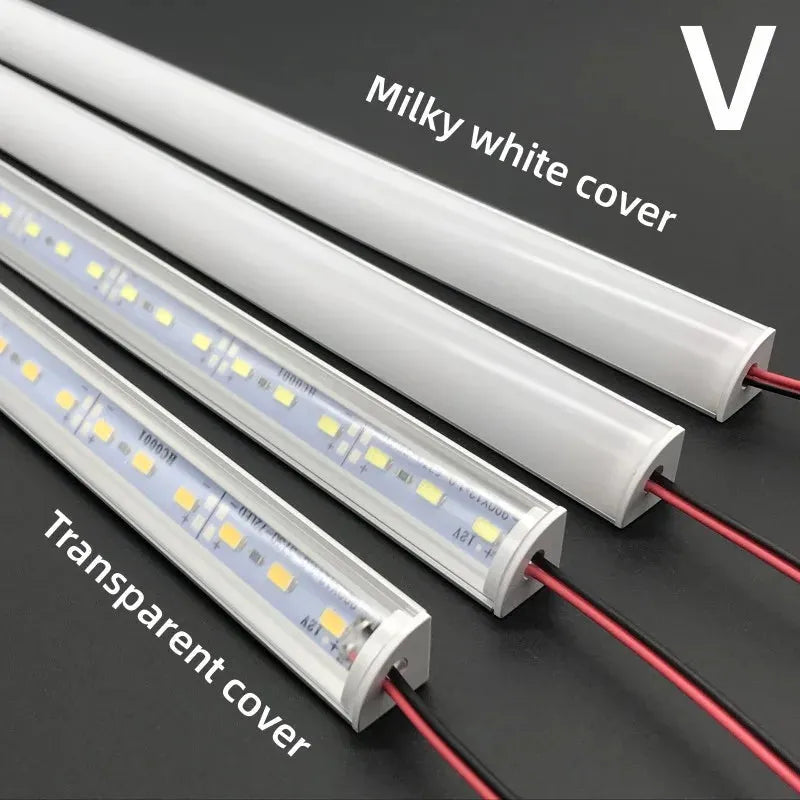
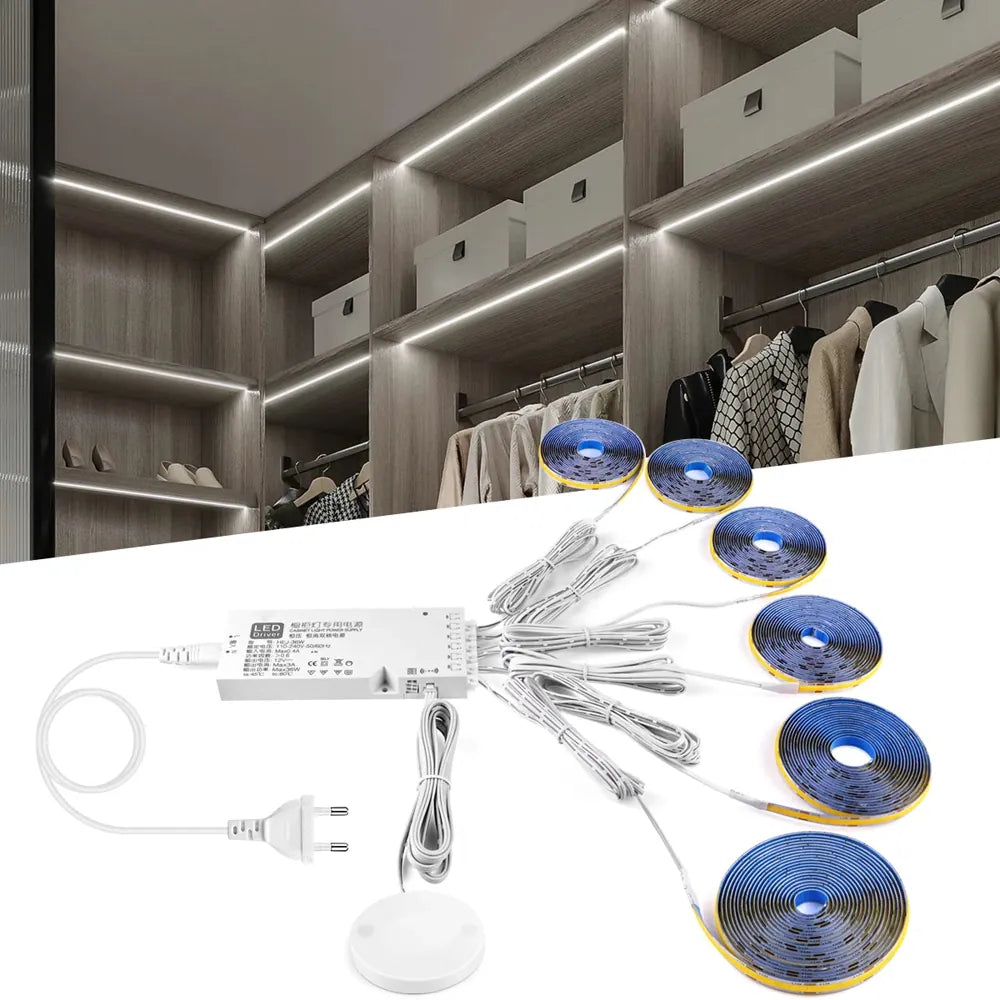
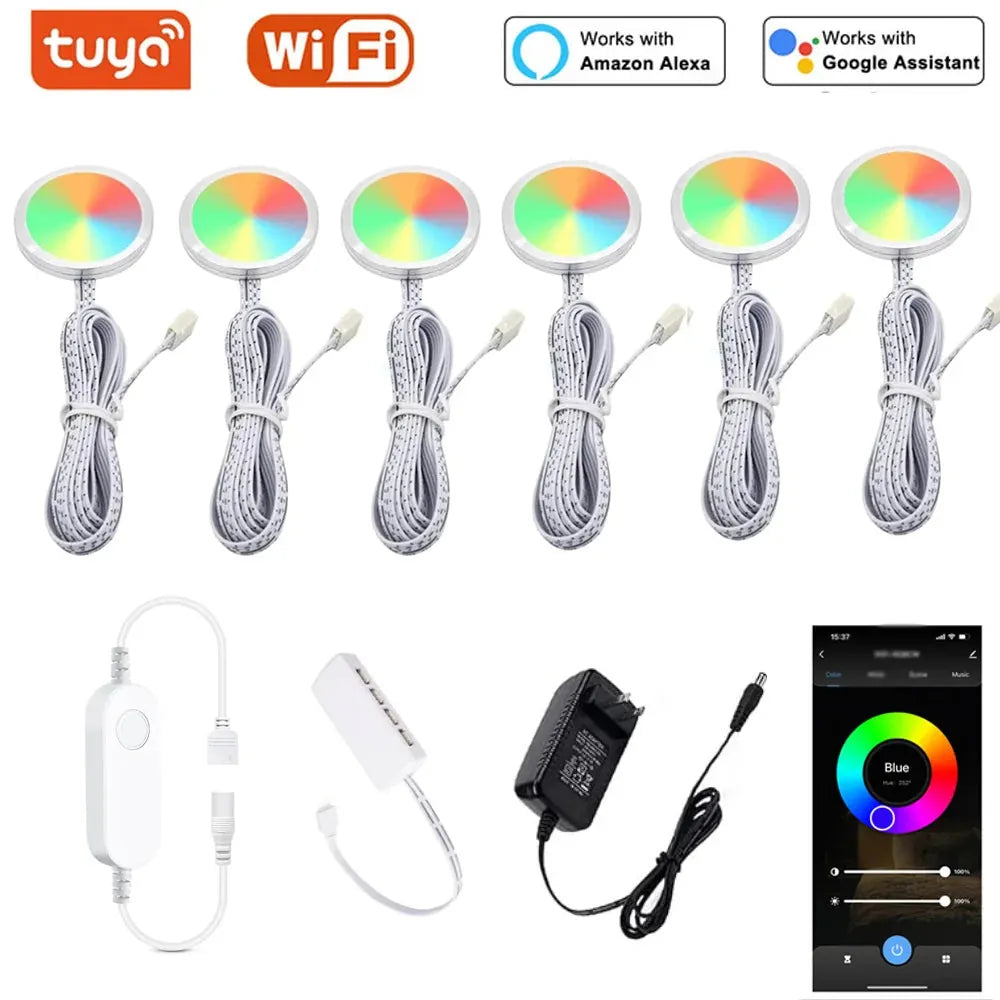

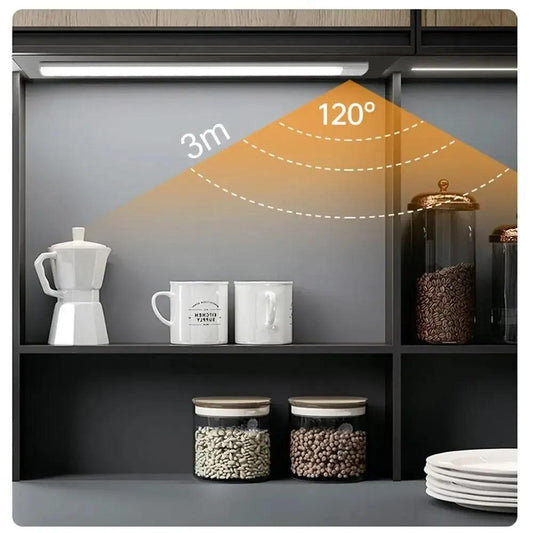

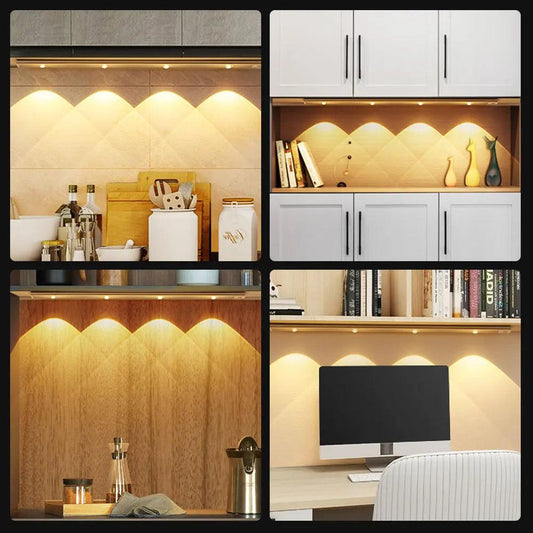

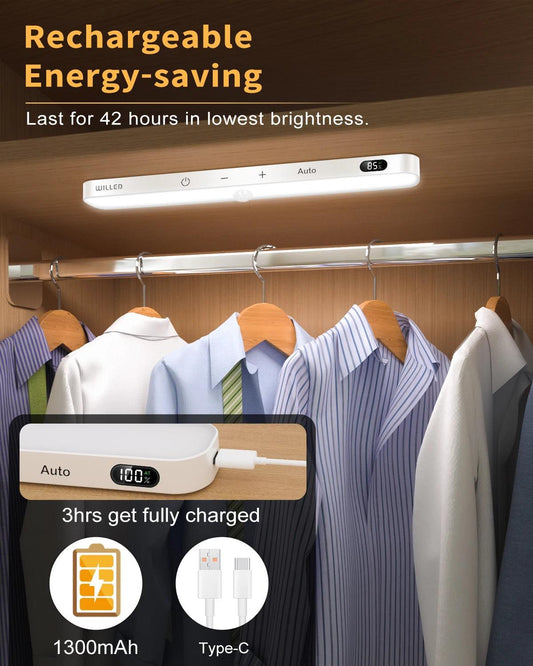

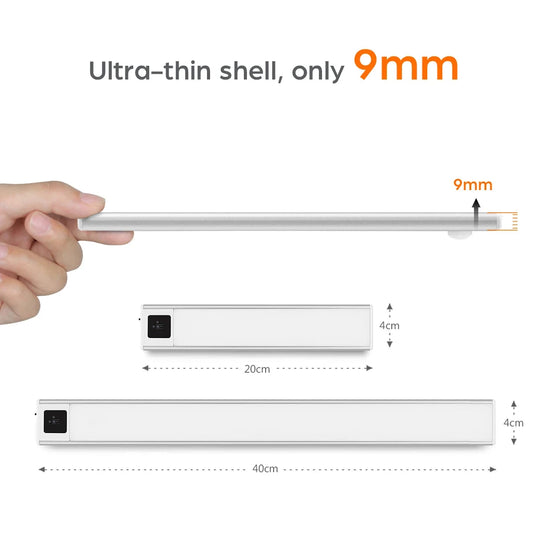

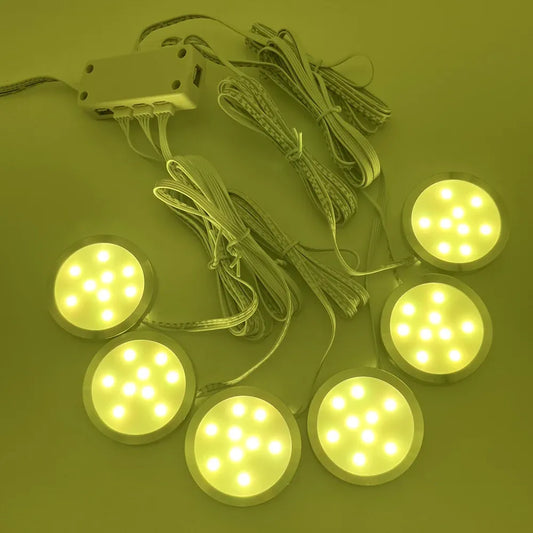

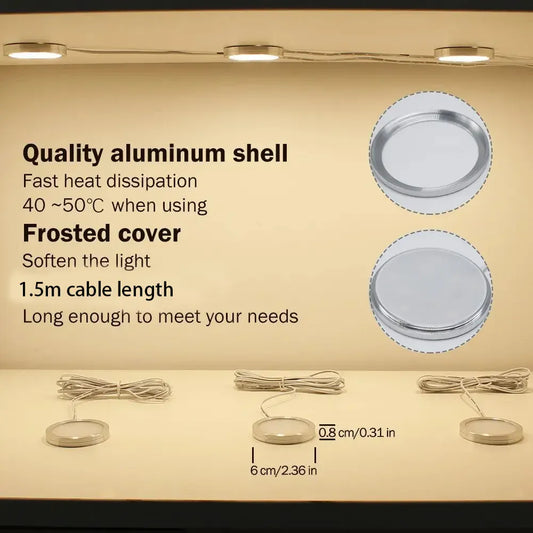

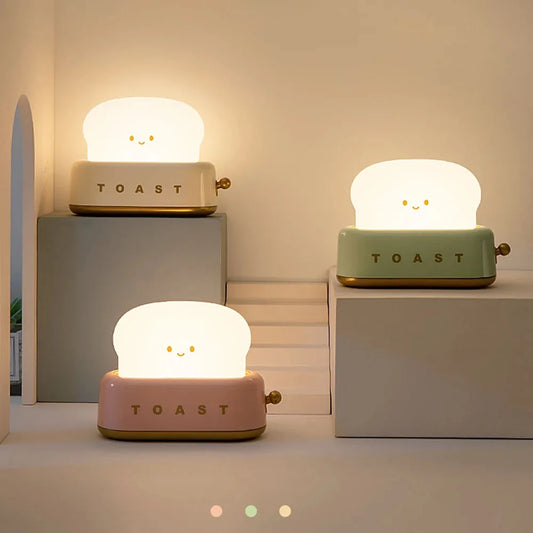

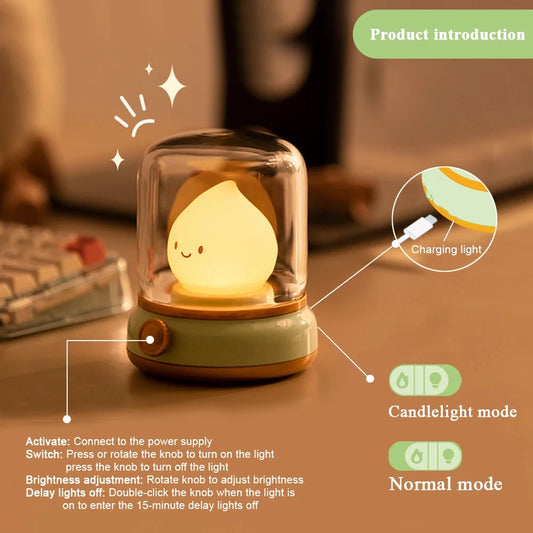

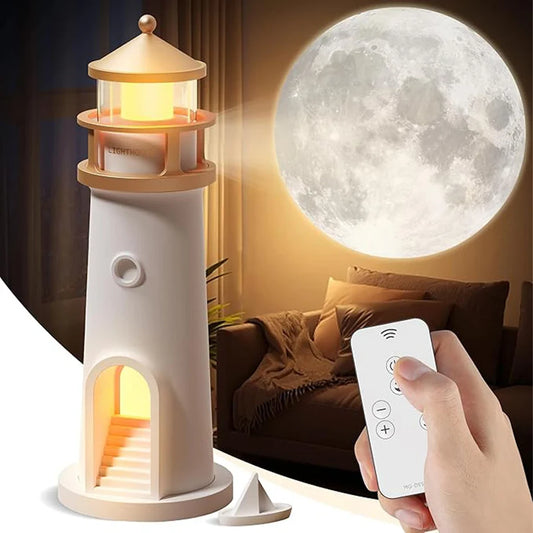

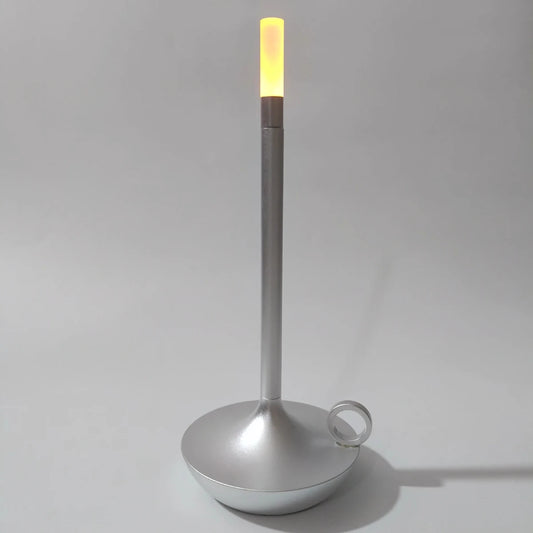

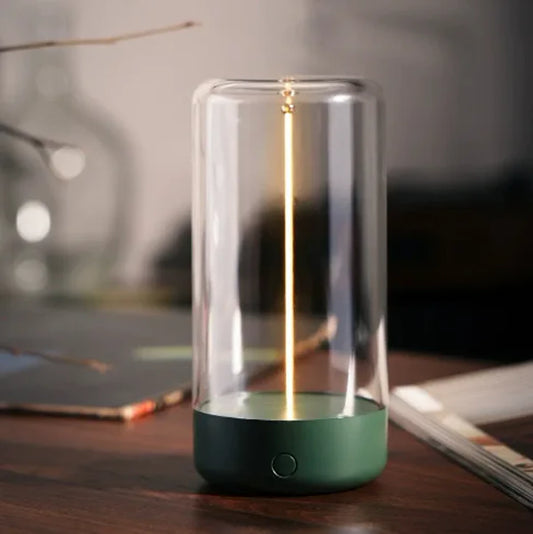

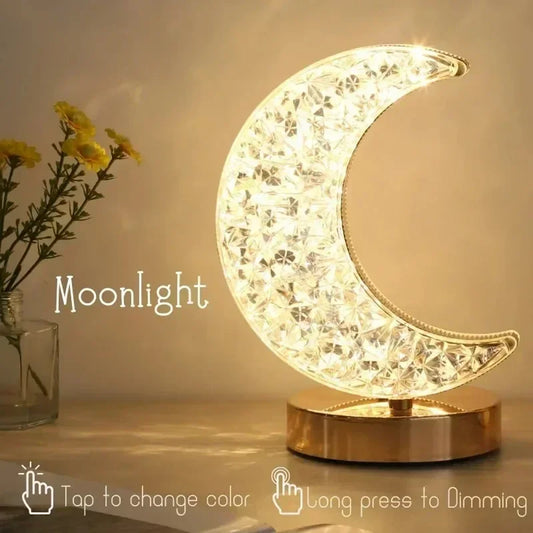



 />
/>
 />
/>
 />
/>
 />
/>
 />
/>